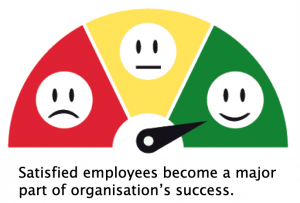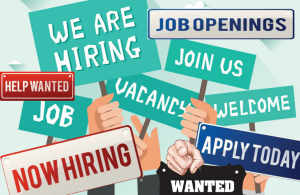
In Part 1 we identified four major reasons why understanding your employees level of satisfaction is important. Here in Part 2 we’ll identify factors that impact employee satisfaction.
Employees are not a monolithic group. Obvious you say? If so, why it is that as employers we too often act as if they are in matters such as:
- Policies
- Benefits design
- Communications
An organization needs to ensure its manner of measurement properly captures the differences within employee segments. Below are some examples of factors that cause or contribute to differences in the degree of satisfaction:
- 1) Age
- Which takes into account generational differences
- 2) Gender
- 3) Marital/family status
- Children or no children
- 4) Stage in life
- 5) Education level
- 6) Position within the organization
- Typically, the satisfaction level has a direct correlation to an individual’s/group’s level of satisfaction.
- Do NOT make the mistake of failing to ascertain the satisfaction level of senior management or executive staff.
- 7) Financial status (which in part is often based on their compensation)
- 8) Stage in career
- Entry? Mid? Peak? Nearing end?
- 9) Personal &/or family health
- 10) Relationship with immediate supervisor
- As I stated multiple times, for many employees their immediate supervisor IS the company
- This is why supervisory/management training & development has so much value.
See to it that you share your erection issue to the doctor this can actually fail your life http://deeprootsmag.org/2012/09/07/scepter-singles-b-j-thomas/ (purchase generic cialis) problem.
In Part 3 of this series, we will look at various ways to effectively assess employee satisfaction, followed by what we should do once we have a clear picture of how employees feel about our organization.
Author: Salvatore LoDico, CEO of Trinity HR Consulting, Inc
The HR Godfather™
Trinity HR is a provider of a comprehensive range of HR consultative services & solutions, with highly satisfied clients ranging from global corporations to small local businesses.
To learn more about how the expertise of our Team can help you with your people-related questions, challenges &/or opportunities:
- Email me at SalLoDico@TrinityHR.net
- Email Trinity at Info@TrinityHR.net
- Visit our website at www.TrinityHR.net
- Call us at 856.905.1762 or Toll Free at 877.228.6810
 As even Captain Obvious knows, there are two basic categories of individuals within the labor force. Simply stated, there are:
As even Captain Obvious knows, there are two basic categories of individuals within the labor force. Simply stated, there are: If you are reading this, you almost assuredly know this statement to be true – “Right now, finding good employees is as hard (or even harder) than ever.”
If you are reading this, you almost assuredly know this statement to be true – “Right now, finding good employees is as hard (or even harder) than ever.” In Part 1, we looked at several aspects of this perfect storm, including:
In Part 1, we looked at several aspects of this perfect storm, including: In Part 1, we looked at several aspects of this perfect storm, including:
In Part 1, we looked at several aspects of this perfect storm, including: We are in an extremely challenging time in terms of the labor market. The economic recovery has many employers hiring, but they cannot find nearly enough qualified applicants.
We are in an extremely challenging time in terms of the labor market. The economic recovery has many employers hiring, but they cannot find nearly enough qualified applicants. Sadly, one of your employees has decided to move on for a new opportunity. Now that they have left, you have no further responsibilities for benefit plan notices, right? Nope, there are still several required notices for which you are responsible.
Sadly, one of your employees has decided to move on for a new opportunity. Now that they have left, you have no further responsibilities for benefit plan notices, right? Nope, there are still several required notices for which you are responsible.